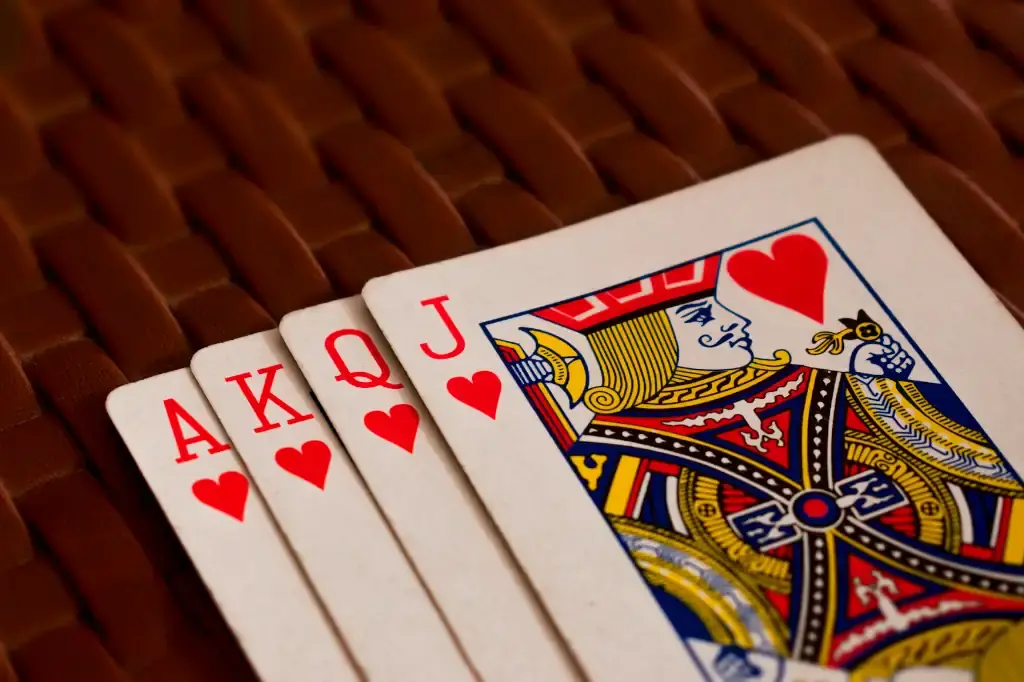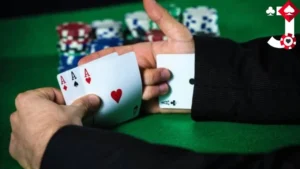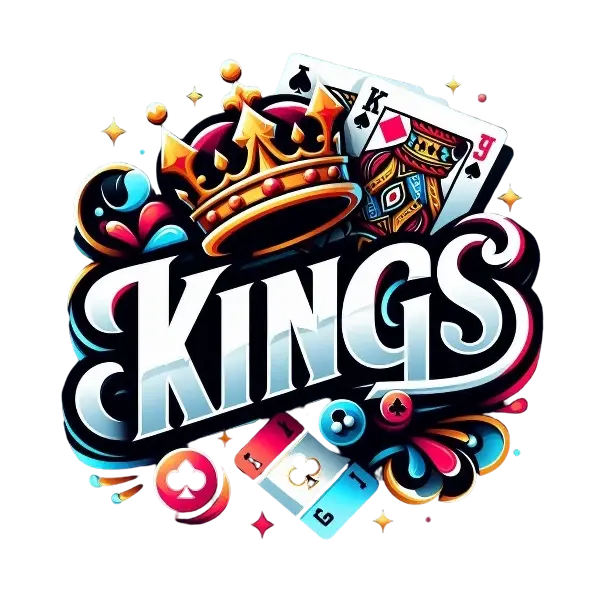Among the most iconic elements in a deck of cards, the kings in cards have fascinated players and historians alike for centuries. But how many kings are there in a pack? What do they actually represent? And where did the idea of kings on cards originate? Let’s explore the deeper meaning behind the mighty monarchs of the card world.
1. How Many Kings Are in a Deck of Cards?
If you’ve ever asked, “king in cards how many?” — the answer is quite simple. A standard deck of playing cards contains 4 kings, one from each suit: hearts, diamonds, clubs, and spades.
- ❤️ King of Hearts
- ♦️ King of Diamonds
- ♣️ King of Clubs
- ♠️ King of Spades
These four cards represent the total kings in a deck. In a traditional 52-card deck, that means kings make up nearly 8% of the entire set. The suits each represent different aspects of medieval society, and the kings reflect power and leadership across those domains.
So when it comes to the question of kings in cards of pack, remember: there are always four — but each has a distinct identity that ties into history and myth.
Related Resource: Standard 52-card Deck Explained (Wikipedia)
2. What Do the Kings in Cards Represent?
Over time, playing cards have developed layers of symbolism. When players or collectors explore what the kings in cards represent, they often find references to historical rulers and personality archetypes.
Here’s a quick guide to the most commonly accepted kings card symbolism in the traditional French deck:
- King of Hearts: Often associated with Charlemagne. He symbolizes wisdom, fairness, and strong leadership.
- King of Diamonds: Linked to Julius Caesar. This king represents wealth, strategy, and ambition.
- King of Clubs: Connected to Alexander the Great. He is the symbol of power, conquest, and expansion.
- King of Spades: Reflects King David of the Bible. He stands for spirituality, justice, and authority.
These associations aren’t always universally accepted, but they’ve become part of popular card lore and add richness to the game experience. The symbolic roles offer insight into the values associated with each suit and leader type — especially in games involving strategy like poker or bridge.
Card meanings often carry over into card reading and tarot-style interpretations as well. In such contexts, kings typically signify mature, authoritative figures or energies of leadership and decision-making.
Interesting Read: The Curious Case of the King of Hearts – Bicycle Cards
3. The Story Behind the King in Playing Cards
The concept of a king in cards traces back to 9th-century China, where early forms of playing cards emerged. But it was in medieval Europe — particularly in France — that the deck began to resemble what we use today.
The traditional 52-card deck design evolved over centuries, and the idea of royal figures in each suit began as a nod to the social hierarchy of the time. By the 15th century, French card makers had standardized face cards and assigned historical or biblical figures to each of the kings.
The history of king card development shows how playing cards mirrored the politics and mythology of the cultures that used them. Kings were placed at the top of the hierarchy until the introduction of the joker and, in some games, the ace overtaking the king in value.
What’s especially fascinating is the artistic interpretation: for example, the king in cards symbol often includes distinguishing features. The King of Hearts is famously referred to as the “suicide king” because he appears to stab himself in the head with a sword. This design quirk is more about printing limitations than symbolism — but it’s become a part of card culture.
Over time, printing technologies and regional tastes have influenced how kings appear — from fierce warlords to noble statesmen. But their purpose remains the same: to represent control, strategy, and ultimate power within the suit.
Further Reading: A Brief History of Playing Cards – History.com
Final Thoughts
Whether you’re a poker pro or a casual gamer, understanding the kings in playing cards adds an extra layer of appreciation to your game. With only four kings in the deck, each one brings centuries of history, symbolism, and power to your hand.
Next time you draw a king, remember—you’re holding not just a card, but a crown rich in meaning and myth.
Looking to learn more about poker hands and how face cards affect strategy? Stay tuned to our blog for more guides on full house rules, muck in poker, and other fascinating card game insights.





